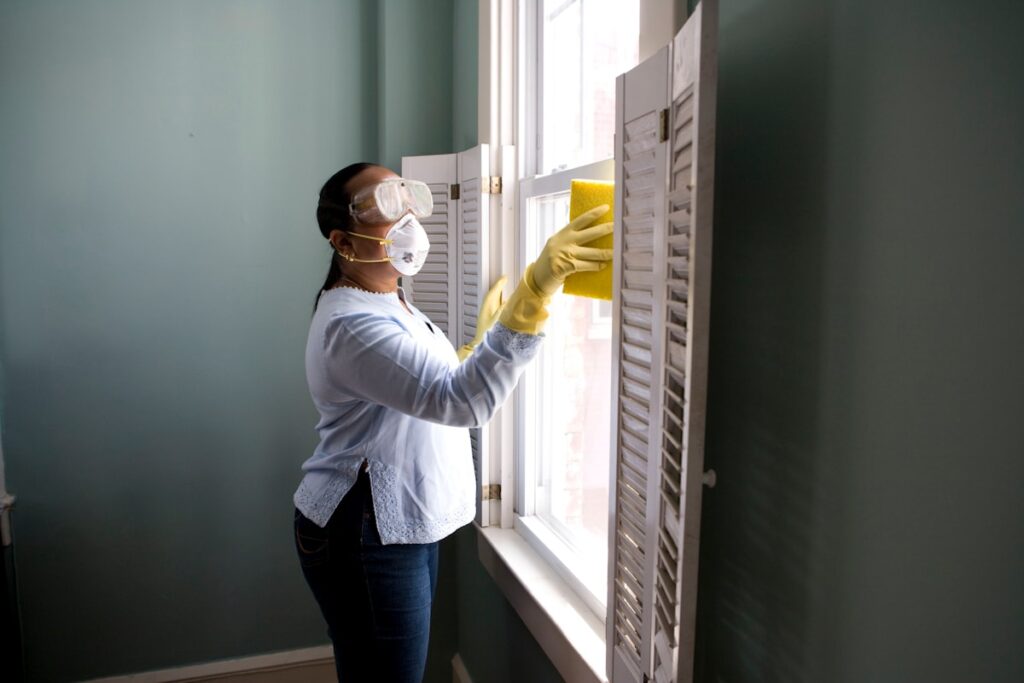How to Improve Outdoor Air Quality in the NW
How to Improve Outdoor Air Quality in the NW
Outdoor air quality is a significant concern, particularly in the Northwest (NW). This region encounters unique challenges such as wildfires, industrial emissions, and high vehicle usage. Improving air quality demands a multi-faceted approach involving policy changes, community actions, and individual efforts.
Understanding the Problem

Primary pollutants affecting the NW include particulate matter (PM2.5 and PM10), nitrogen dioxide (NO2), sulfur dioxide (SO2), carbon monoxide (CO), and ozone (O3). These pollutants can have severe health impacts, including respiratory issues, cardiovascular diseases, and worsening of chronic conditions. Recognizing sources of pollution helps in forming effective strategies.
Reducing Emissions from Transportation
Transportation is a major source of air pollution. Strategies to reduce vehicle emissions include:
- Promoting Public Transport: Encouraging the use of buses, trams, and trains through subsidies, improved services, and creating awareness.
- Carpool Programs: Establishing and promoting carpool programs to reduce the number of vehicles on the road.
- Cycle-Friendly Infrastructure: Building bike lanes and providing bike-sharing programs to encourage cycling.
- Electric and Hybrid Vehicles: Providing incentives for the purchase and use of electric and hybrid vehicles.
- Upgrading Vehicle Emission Standards: Enforcing stricter emission standards for new and existing vehicles.
Managing Industrial Emissions

Industries contribute significantly to air pollution. Addressing this involves:
- Emission Control Technologies: Implementation of scrubbers, filters, and other technologies to capture pollutants before they are released into the air.
- Regulations and Compliance: Enforcing laws that limit emissions and ensuring that industries comply with these regulations.
- Green Chemistry Practices: Encouraging practices that minimize the use of harmful chemicals and reduce waste.
- Energy Efficiency: Promoting energy-efficient processes and renewable energy sources within industrial operations.
Addressing Wildfire Smoke
Wildfires are a recurring issue in the NW, significantly degrading air quality. Mitigation and preparedness measures include:
- Forest Management: Practices such as controlled burns and thinning to reduce the buildup of combustible materials.
- Early Detection Systems: Utilizing technology to detect and respond to wildfires promptly.
- Public Education: Informing the public about safety measures and the importance of avoiding actions that could spark wildfires.
- Support for Firefighting Resources: Ensuring that firefighting agencies are well-equipped and adequately funded.
Urban Planning and Green Spaces
Urban areas can benefit from thoughtful planning and the incorporation of green spaces to improve air quality. Key actions include:
- Green Roofing and Walls: Installing vegetation on rooftops and walls to absorb pollutants.
- Planting Trees: Creating urban forests and green belts to filter air and provide shade.
- Parks and Recreational Areas: Increasing the number of parks to not only improve air quality but also promote healthier lifestyles.
- Low Emission Zones: Designating areas with restricted access for high-emission vehicles.
Community Involvement
Community engagement is crucial for lasting improvements in air quality. Encouraging grassroots participation can lead to positive changes:
- Aware and Informed Citizens: Conducting workshops and campaigns to educate residents about air pollution and personal contribution to its reduction.
- Volunteer Programs: Organizing community clean-up events, tree planting drives, and monitoring air quality.
- Local Advocacy: Forming groups to advocate for stronger environmental regulations and policies at the local government level.
Use of Technology
Innovative technology can play a significant role in monitoring and improving air quality. Technological measures include:
- Air Quality Monitoring Systems: Installing sensors and networks to provide real-time data on air pollution levels.
- Mobile Apps: Developing applications to inform the public about air quality and advisories.
- Data Analysis: Utilizing big data and AI to predict pollution trends and develop mitigation strategies.
- Sustainable Technologies: Encouraging the adoption of technologies that reduce emissions in everyday activities.
Policy and Regulation
Effective policies and regulations are essential in the fight against air pollution. Authorities can implement:
- Stricter Emission Standards: Updating laws to limit the allowable levels of pollutants for various sources.
- Incentives for Green Energy: Offering tax breaks and grants for renewable energy projects and energy-efficient practices.
- Subsidies for Cleaner Technologies: Providing financial support for businesses and individuals to adopt cleaner technologies.
- Environmental Impact Assessments: Requiring comprehensive assessments before approving new industrial projects.




Subscribe for Updates
Get the latest articles delivered to your inbox.
We respect your privacy. Unsubscribe anytime.